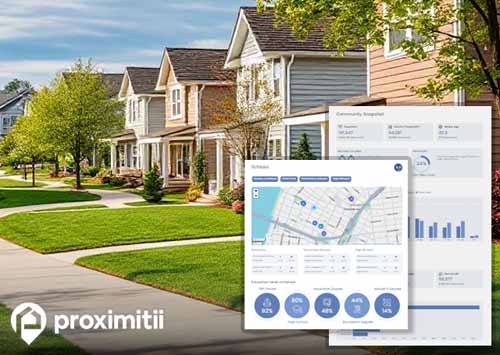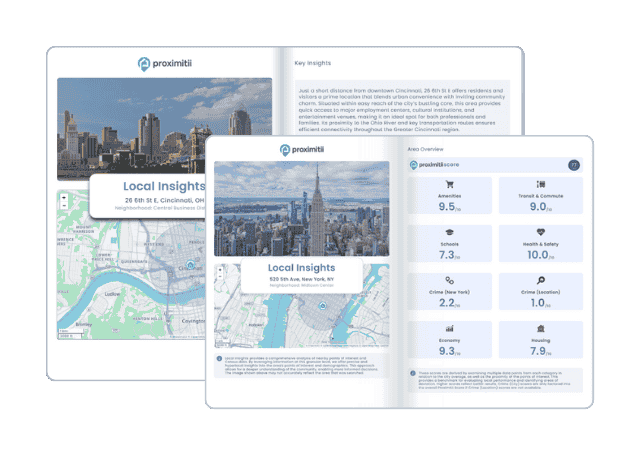| Statistic | Reportedincidents | /100k people | Columbus/100k people | Montana/100k people | National/100k people |
| Total crime | 42 | n/a (estimate) | 2,189 | 2,041 | 2,119 |
| Murder | 0 | n/a | 0.0 | 2.7 | 5.0 |
| Rape | 0 | n/a | 0.0 | 59.2 | 37.5 |
| Robbery | 0 | n/a | 0.0 | 19.1 | 60.6 |
| Assault | 5 | n/a | 260.6 | 342.5 | 256.1 |
| Violent crime | 5 | n/a (estimate) | 261 | 424 | 359 |
| Burglary | 1 | n/a | 52.1 | 167.2 | 229.2 |
| Theft | 33 | n/a | 1,719.7 | 1,286.0 | 1,272.1 |
| Vehicle theft | 3 | n/a | 156.3 | 164.0 | 258.8 |
| Property crime | 37 | n/a (estimate) | 1,928 | 1,617 | 1,760 |


When we analyze the latest crime report, the Columbus crime rate is 19.2% lower than the national average. These incidents are classified into two primary categories: violent and property crimes. Violent crimes include assault, robbery, rape and murder. Whereas property crimes encompass theft, vehicle theft and burglary. In the case of Columbus, there were 7 reported violent crimes, equivalent to 376 per 100,000 individuals, 1.6% higher than the national average. Additionally, Columbus recorded 28 property crimes, amounting to 1503 per 100,000 residents, 23.1% lower than the U.S. average.
For violent crimes per 100,000 people, Columbus has a rate of violent crime that is very close to the national average. There were a total of 376 violent crimes, while the national average reported 370. This is an indication that the level of crime is essentially on par with all other cities.
Columbus showcased a dedication to violent crime safety in its latest reported crime year by achieving a murder rate of 0. This accomplishment could indicate that it is a safe place for residents, but also provides a shining example to other urban areas endeavoring to create safer communities.
AreaVibes conducted surveys inquiring about the safety perception of Columbus residents. Out of the respondents (6 in total), 50% expressed a strong sense of security, believing that crime rates in Columbus were low, and they felt comfortable walking alone at night. Conversely, 50% held a contrasting viewpoint, expressing concerns about safety in the area and feeling uncomfortable walking alone during the nighttime hours.
To determine if Columbus is a safe place to live, let's take a look at the overall crime rate of the area, as well as the number of daily crimes. Columbus has a total crime rate that is 19% lower than the national average per 100,000 residents. This results in a total of 0.1 daily crimes (0.02 violent daily crimes and 0.08 daily property crimes) in Columbus.
Year-over-year crime data allows us to analyze short-term trends in crime activity. By comparing crime rates from one year to the next, we can identify patterns and shifts in Columbus crime rates. This information can be invaluable for residents looking to make informed decisions on where to live. When comparing the most recent year to the previous year, total crime in Columbus has decreased by 10.3% year over year. Violent crime has didn't change by 0% and property crime has decreased by 12.5%.
The economic well-being of a city's residents plays a significant role in crime rates. High poverty rates and income inequality can lead to increased crime stats as individuals may resort to illegal activities to meet their basic needs. While lower rates could lead to a lower Columbus crime rate. The poverty level in Columbus is 6.1%, while the national average is 15.1%.
Columbus reports an unemployment rate of 4%, contrasting with the national average of 4.7%. Constrained employment opportunities or a prevalence of low-paying positions can contribute to elevated rates of unemployment and underemployment. Areas where individuals contend with joblessness or insufficient wages may display heightened susceptibility to an increase in criminal activities attributed to economic insecurity. Conversely, regions characterized by robust employment rates often witness a decrease in overall Columbus crime rates.
High rent costs can create economic stress for individuals and families, particularly those with limited financial resources. When a significant portion of one's income is spent on housing, there may be less money available for other essential needs such as food, healthcare and education. Economic stress can contribute to desperation and potentially lead individuals to engage in criminal activities, such as theft or fraud, as a means of financial survival. Average rent rates in Columbus are $750, compared to a national average of $949 per month.

Why stop at city-to-city? With Local Insights, you can compare neighborhoods, zip codes, or even exact addresses. Access 300+ hyperlocal data points—from schools and crime to housing and amenities—to see which area is the better fit.

| Item | Columbus | Montana | National |
| Law enforcement employees (officers & civilians) | 5 | 872 | 558,732 |
| Police officers & civilians /1000 residents | n/a | n/a | 3.3 |
| State | Total offenders | Montana /100K | National /100K |
| Montana | 2,923 | 291 | 266 |
| City | Population | Violent crime/100k people | Property crime/100k people | Total crime/100k people |
| Absarokee, MT | 1,048 | 114 | 434 | 548 |
| Joliet, MT | 633 | 484 | 1,844 | 2,328 |
| Reed Point, MT | 247 | 561 | 2,140 | 2,701 |
| Columbus, MT | 1,964 | 261 | 1,928 | 2,189 |
| City | Population | Violent crime/100k people | Property crime/100k people | Total crime/100k people |
| Clancy, MT | 1,964 | 76 | 290 | 367 |
| Hillsboro Beach, FL | 1,964 | 37 | 199 | 237 |
| Salyersville, KY | 1,964 | 0 | 332 | 332 |
| Peosta, IA | 1,964 | 91 | 594 | 685 |
| Brownlee Park, MI | 1,964 | 225 | 714 | 939 |
| Columbus, MT | 1,964 | 261 | 1,928 | 2,189 |